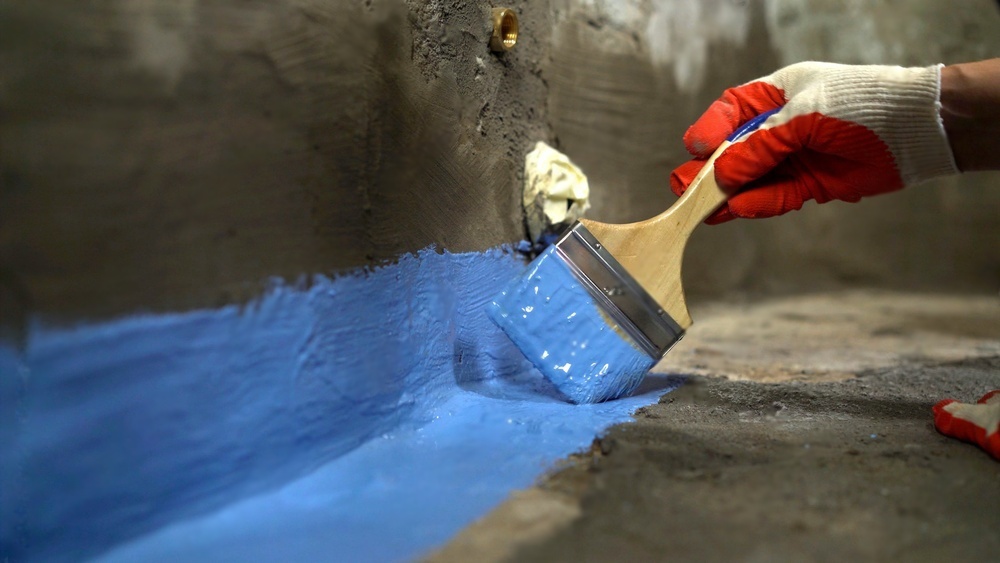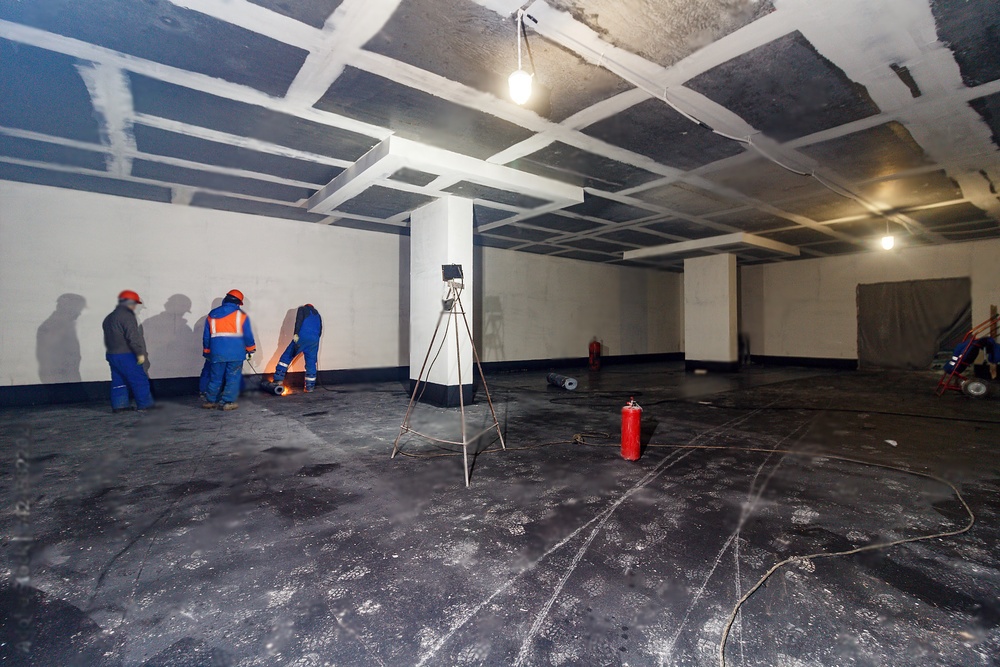Waterproofing your basement is crucial to keep your home safe from water damage, mold, and structural problems. If you want to stop current issues or prevent future ones, knowing the best basement waterproofing solutions can save you money and stress. Here are some simple and effective ways to waterproof your basement.
1. Interior Waterproofing Solutions

Sealants: Using a waterproof sealant on the inside walls and floors of your basement can help. These sealants block moisture from getting through cracks and pores in the concrete. Materials like epoxy and urethane fill cracks and create a barrier against water.
Interior Drainage Systems: This involves putting a drainage channel along the basement floor edges. Water that enters the basement is directed to a sump pump, which pumps it out of the house. This method works well for water that seeps through walls or floors.
2. Exterior Waterproofing Solutions
Exterior Waterproofing: This method involves digging around the house foundation to apply a waterproof membrane or coating. This membrane stops water from entering the basement. A drainage board can also be installed to channel water away from the foundation.
French Drains: A French drain is an exterior system that consists of a trench filled with gravel and a perforated pipe. This pipe collects and redirects water away from the foundation, reducing the pressure that can cause basement leaks.
3. Improving Drainage
Gutter and Downspout Maintenance: Keep your gutters and downspouts clean and in good shape. Downspouts should extend at least 10 feet away from the foundation to prevent water from pooling near the house. Installing gutter guards can help keep debris out.
Grading: The ground around your home should slope away from the foundation. Proper grading prevents water from collecting near the foundation and reduces the risk of basement leaks. Regrading the landscape is a simple yet effective solution.
4. Sump Pumps and Backup Systems

Sump Pumps: A sump pump collects water from drainage channels and pumps it out of the basement. Regular maintenance is essential to ensure it works properly.
Battery Backup Systems: A battery backup keeps your sump pump running during a power outage, which is crucial during heavy rainstorms when basement flooding is most likely.
5. Vapor Barriers and Insulation
Vapor Barriers: Installing a vapor barrier on the walls and floors of your basement prevents moisture from penetrating the space. These barriers are usually made of plastic or foil and can be used with other waterproofing methods.
Insulation: Proper insulation controls humidity levels in the basement. Insulating walls and floors reduces condensation and prevents mold growth, keeping the basement dry and healthy.
Choosing the Right Solution
The basement waterproofing solutions depend on your home’s specific needs. Often, a combination of interior and exterior methods works best. Consulting a professional waterproofing contractor can help you choose the right solutions for your home.
Final Thoughts
Basement waterproofing is an investment in your home’s longevity and health. By using the best methods, you can prevent water damage, mold growth, and structural problems, ensuring a dry and comfortable living space for years to come.
For expert advice and professional waterproofing services, trust USA Builders and Developers to deliver quality and peace of mind.
Have Questions? Call Us Now!
We’re here to help—quick answers, friendly service, anytime you need!

